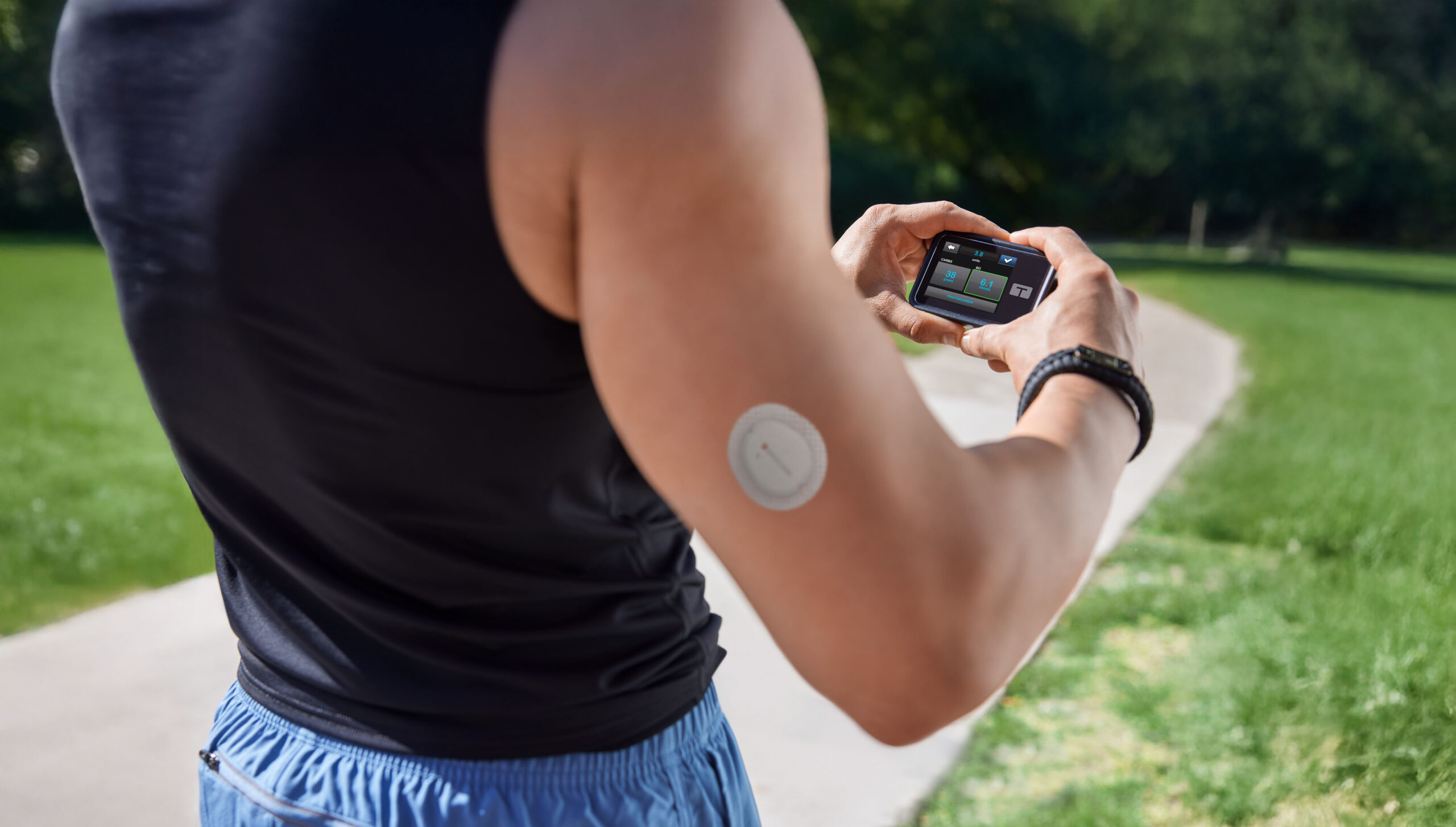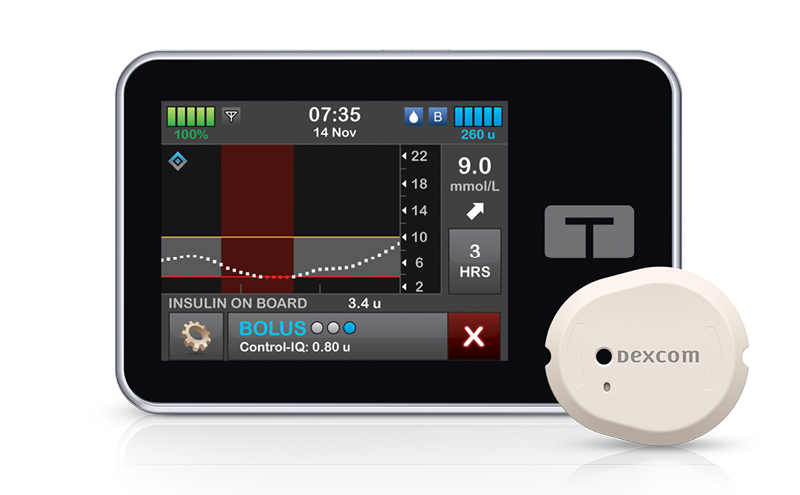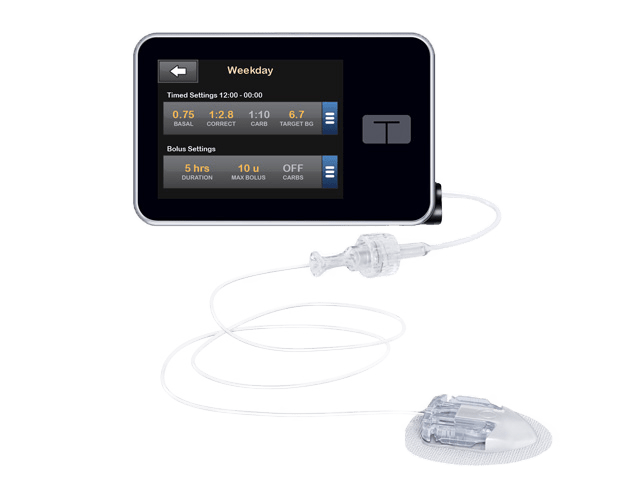
About Insulin Pump Therapy
For some people, insulin pump therapy offers increased flexibility, improved blood glucose levels and a better quality of life than administering insulin via injection. Research has shown that insulin pump therapy can reduce the frequency of hypoglycaemic events and improve glycaemic control¹.

Insulin pumps continuously release small amounts of rapid acting insulin to keep blood glucose levels steady between meals and during sleep. This is called basal insulin. Basal insulin is adjustable throughout the day and night to meet changing insulin needs.
At meal or snack time, with just a few button presses, pumps can deliver the amount of insulin needed to match the grams of carbohydrate in the food you eat, much like a healthy pancreas would. This is called bolus insulin. Bolus doses can also be given to correct high blood glucose between meals.
About Infusion sets
An infusion set is a small, flexible tube placed just beneath your skin with the help of an insertion device and then held in place with adhesive. There are many kinds of infusion sets available. With varying tube lengths and insertion techniques, you can experiment to find the one most comfortable for you.
Your infusion set can be placed in a number of areas, including your abdomen, thigh or buttocks, and only needs to be changed every 2 to 3 days. You can disconnect it for short periods of time for things like contact sports or for showering, by simply unclipping at the site.
Insulin pump consumables, including infusion sets may be accessed by eligible people under the NDSS.

ALWAYS READ THE LABEL AND FOLLOW THE DIRECTIONS FOR USE. Read the warnings available on amsldiabetes.com.au/resources before purchasing. Consult your healthcare professional to see which product is right for you. References: 1. Karges B, Schwandt A, Heidtmann B, et al. Association of Insulin Pump Therapy vs Insulin Injection Therapy With Severe Hypoglycemia, Ketoacidosis, and Glycemic Control Among Children, Adolescents, and Young Adults With Type 1 Diabetes. JAMA. 2017;318(14):1358–1366. doi:10.1001/jama.2017.13994
